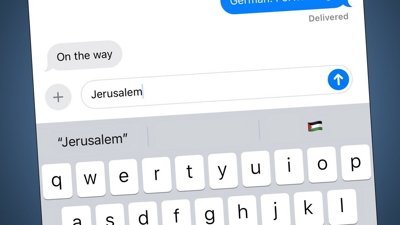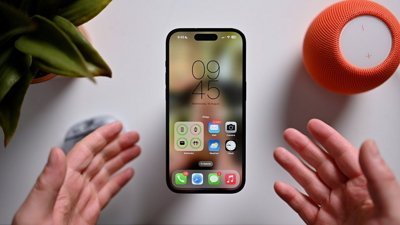Google Android dev kit exposes Apple-inspired roots
The release to developers of Google's Linux-based Android operating system for mobile phones reveals that the prototype software shares at least a few aspects in common with interfaces from the company's Bay Area neighbor, Apple.
This initial version already taps into most of the features handset makers and third-party developers will need, Google says. Besides access to Google's own search tools, Android provides hooks for 3G data access, hardware 3D acceleration, and music and video playback. Control can stem from either a traditional button layout or a touchscreen.
The code reaches deeply enough that programmers can rewrite the dialer if they choose, the Mountain View, California-based company adds.
However, the kit also includes code that, for some, may confirm Google's increasingly strong ties to Apple, manifested most often for observers by the presence of Google chief Eric Schmidt on Apple's Board of Directors. The most conspicuous link is the choice of the WebKit rendering platform for its web browser — the same engine that acts as the foundation for Apple's Safari browser on computers and the iPhone. The choice comes despite Google's partial involvement in the development of Mozilla's Firefox browser.
Android's default operating system, found both in a bundled phone emulator and in a demonstration video (shown below), also bears a striking similarity in places to various components of Apple's operating systems. In touchscreen mode, Google's browser also renders pages at full desktop size and relies on taps and finger dragging to scroll through the page.
Other, smaller aspects also appear to draw from lessons learned from the iPhone or the Mac. A main menu for button-focused phones asks users to pick from an icon tray that behaves like the Mac OS X dock; users also flip through their recent web browser history with a Cover Flow-style interface and receive pop-up notices in a translucent window not unlike that seen on the iPhone or iPod touch.
Whether or not these interface similarities will reach shipping products is unknown. In contrast to most closed-source operating systems, none of the handset makers signed up to develop Android-based phones are obligated to leave either the cosmetic appearance of the user interface or the features themselves unaltered.
 Katie Marsal
Katie Marsal

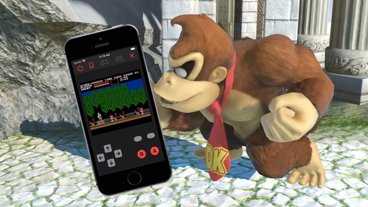








 Malcolm Owen
Malcolm Owen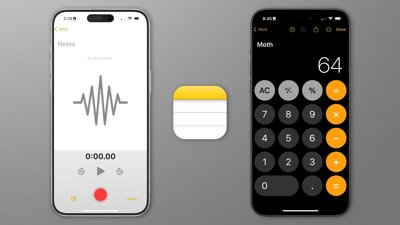
 Marko Zivkovic
Marko Zivkovic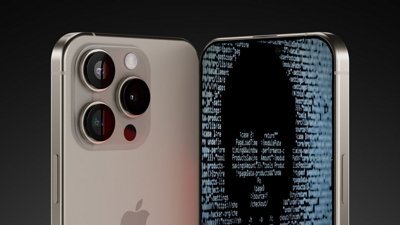
 William Gallagher
William Gallagher
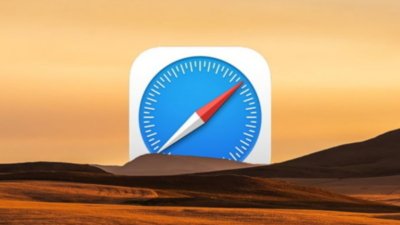
 Chip Loder
Chip Loder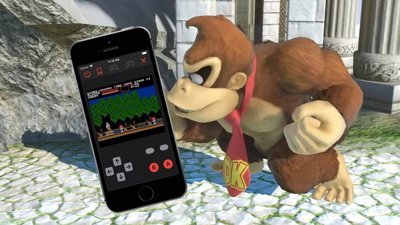
 Wesley Hilliard
Wesley Hilliard